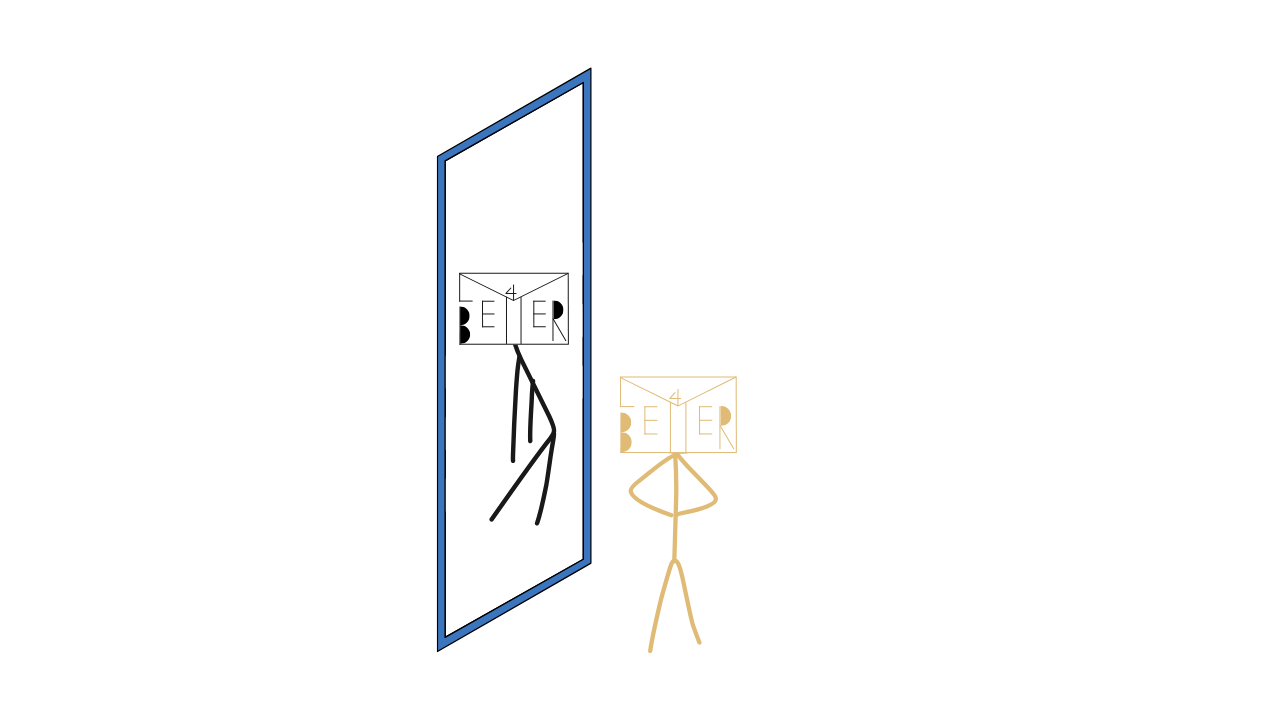Write your awesome label here.
What Is Inversion Thinking?
Inversion thinking is simple: instead of asking, “What should I do to succeed?” you ask, “What would I do to fail?” It’s about flipping your perspective to see the reverse of any situation.
Let’s say you want to strengthen a habit, inversion thinking might have you brainstorm all the ways you could sabotage it. By recognizing these pitfalls, you can actively avoid them and increase your chances of success.
This isn’t just about being cautious, it’s a way to take a more holistic approach to expand your thinking, identify blind spots, and make more effective decisions.
Personal Examples of Inversion Thinking
Here are three ways I’ve used inversion thinking in my life:
Being More Productive.
When I wanted to become more productive, instead of asking how to get more done, I asked, “What would I do if I wanted to waste my time?” My answers were: scroll endlessly on social media, keep my workspace cluttered, and say “yes” to every small request that came my way. Recognizing these behaviors allowed me to eliminate distractions, set boundaries, and create an environment where I could focus.
When I wanted to become more productive, instead of asking how to get more done, I asked, “What would I do if I wanted to waste my time?” My answers were: scroll endlessly on social media, keep my workspace cluttered, and say “yes” to every small request that came my way. Recognizing these behaviors allowed me to eliminate distractions, set boundaries, and create an environment where I could focus.
Finishing This Article.
Writing can be challenging, especially when you’re aiming for clarity and impact. To ensure I finished this blog post, I asked, “How could I guarantee I wouldn’t complete it?” My answers were to procrastinate, overthink every sentence, and leave it half-done. By knowing what to avoid, I tackled it with focus, stopped aiming for perfection, and made consistent progress.
Writing can be challenging, especially when you’re aiming for clarity and impact. To ensure I finished this blog post, I asked, “How could I guarantee I wouldn’t complete it?” My answers were to procrastinate, overthink every sentence, and leave it half-done. By knowing what to avoid, I tackled it with focus, stopped aiming for perfection, and made consistent progress.
Maintaining Energy and Clarity.
I often think about how to increase my cognitive function and stay energized. Using inversion, I asked, “What would I do if I wanted to feel drained and foggy?” What came to mind was eating poorly, not getting enough sleep, skipping exercise, and overcommitting. Identifying these traps has helped me prioritize healthier habits that support my productivity and energy levels.
Why Inversion Thinking Matters

When we set goals, we tend to focus only on what we want to achieve. But critical thinking requires us to consider all angles, including the ways things could go wrong. This is where inversion thinking adds awareness. By conducting a mental “pre-mortem,” you imagine a scenario where you fail and then work backward to understand how it happened. This approach:
- Highlights blind spots and risks you may have missed.
- Helps you avoid potential mistakes.
- Provides a clearer path to achieving your goal by eliminating unnecessary roadblocks.
For example, if you’re planning a big event, inversion thinking might have you ask, “How could this event flop?” Maybe the venue isn’t right, or you didn’t allocate enough time to market it. By identifying these risks upfront, you can take steps to address them and increase the likelihood of hosting a well-planned event.
Enjoying the Read?
Weekly Mindset Newsletter
Get personal stories, decision-making strategies, and mental frameworks to help you stop overthinking, build self awareness, and live with more clarity.
Thank you!
It’s Not Disaster Prepping
One thing to clarify is that inversion thinking isn’t about being pessimistic or dwelling on everything that could go wrong. That kind of mindset can weigh you down, making you overly cautious or even paralyzed by fear (leading to decision paralysis).
Instead, inversion thinking is about acknowledging potential pitfalls while focusing on what you can control. It’s not about assuming failure but preparing for it so you’re ready no matter what happens. And even in the event things do not go your way, it doesn’t take you by surprise because you’ve already considered this possibility and are more mentally prepared to accept what comes.
By thinking through negative scenarios, you gain confidence in your ability to handle them if they arise. You also get a clearer picture of what steps will bring you closer to the outcome you want. It’s about using opposite thinking as a tool for resilience and clarity, not for catastrophizing.
Five Questions to Apply Inversion Thinking
To use inversion thinking in your own life, start by asking yourself these questions:
2. If I wanted this plan to fail, what steps would I take (break them down)?
3. What are the common mistakes others make in similar situations, and how can I avoid them?
4. Which actions are within my control that could improve my odds of success?
5. What would I need to change or eliminate to make progress easier?
1. What’s the worst-case scenario in this situation?
2. If I wanted this plan to fail, what steps would I take (break them down)?
3. What are the common mistakes others make in similar situations, and how can I avoid them?
4. Which actions are within my control that could improve my odds of success?
5. What would I need to change or eliminate to make progress easier?
These questions shift your focus from blindly chasing success to carefully considering how to navigate obstacles, which can make all the difference in clearing the path towards your goal.
The Simplicity of Thinking In Reverse...
Inversion thinking is one of the most simple, yet valuable mental models I’ve learned to use. It helps me view challenges with a higher resolution, anticipate potential problems before they arise, and make better decisions.
The beauty of this mindset isn’t just in preventing failure—it’s in setting yourself up for success by actively avoiding the things that hold you back.
Next time you’re feeling stuck, try flipping the question in reverse. Instead of asking what you should do, ask yourself what you shouldn’t do. You might be surprised at how much clearer you are, giving you more control of the controllables.
Sincerely,
Sincerely,
Dexter Lam
Mental Models
Want to explore more mindset frameworks for optimizing your decision-making?

Do you want to level up and change your life Trajectory?
We're launching our course on Self-Awareness
Thank you!

